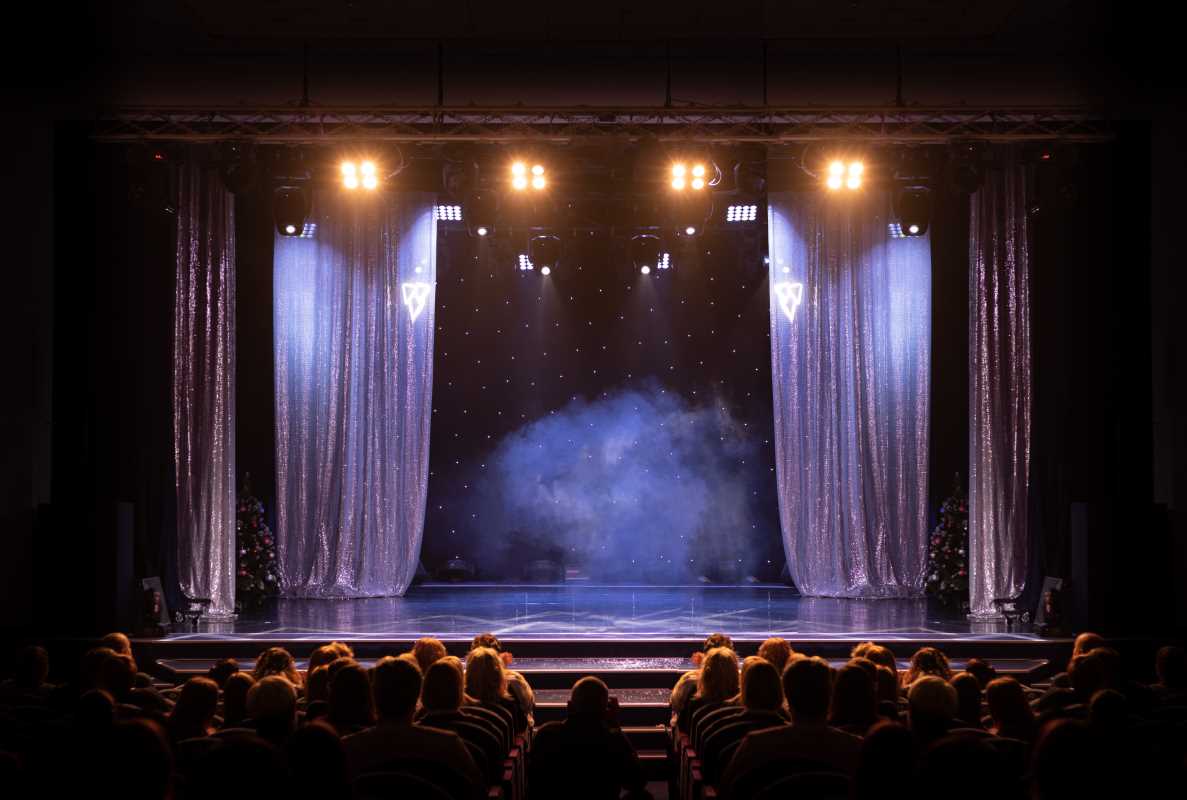In the 21st century, the scale of live performances has reached new heights, transforming not just the music industry but also the way people come together to experience culture and entertainment. From iconic cityscapes to sprawling green fields, artists have captivated audiences in the millions, creating moments that resonate far beyond the immediate thrill of the concert. These gatherings are not just about music; they are monumental events that foster community, celebrate diversity, and generate unforgettable shared experiences.
Copacabana New Year’s Eve Concerts
Rio de Janeiro's Copacabana Beach has played host to some of the largest concerts the world has ever seen. On New Year’s Eve 2006, the Rolling Stones performed to an estimated two million people. The beach was a sea of fans stretching as far as the eye could see, all gathered to witness the legendary band perform live, blending rock with the scenic beauty of Rio’s coastline.
The concert remains a benchmark in live performance history, showcasing the immense draw of legendary musicians and the power of music to unite people from across the globe. It was not just a concert but a pivotal cultural moment, marked by the Stones’ classic hits reverberating against the backdrop of fireworks and ocean waves.
Live 8
The Live 8 concert in 2005 was a sequence of benefit concerts across 10 different venues, including London, Philadelphia, and Paris, aimed at raising awareness for the Make Poverty History campaign. The Philadelphia concert alone attracted an estimated one million people. Performances by a diverse lineup of artists from different genres highlighted the unifying power of music for a global cause.
These concerts not only entertained but also played a crucial role in advocacy, pushing for policy changes to alleviate poverty and improve global health. The massive gatherings were a testament to how deeply music is woven into the fabric of social activism.
Artists Against Racism: The Concert for New York City
In response to the 9/11 attacks, the Concert for New York City was organized in October 2001 at Madison Square Garden, drawing an audience of over 20,000 in the venue and millions more via television. Featuring performances by Paul McCartney, The Who, and Elton John, the concert was both a tribute and a fundraiser, demonstrating the healing power of music in the face of national tragedy.
The event raised significant funds for the victims and their families, serving as a poignant reminder of music’s role in comfort and community healing. The concert was not only a display of solidarity but also a powerful collective cathartic experience for a city—and a nation—in mourning.
Garth Brooks Live in Central Park
In August 1997, Garth Brooks staged one of the largest concerts ever in Central Park, New York, with official estimates of attendees ranging from 750,000 to over one million. This concert set the stage for what would be possible in terms of audience capacity for a single city park event, combining country charm with the urban backdrop of New York City.
Brooks’ concert was a showcase of his immense popularity and the broad appeal of country music, bridging gaps between different musical tastes and cultural backgrounds. The event was a logistical marvel and a highlight of New York City’s summer events calendar, setting precedents for future large-scale events in public spaces.
Global Citizen Festival
Since 2012, the Global Citizen Festival has taken place annually in Central Park, attracting over 60,000 attendees each year and millions more through broadcasts. With performances from artists like Beyoncé and Coldplay, the festival leverages celebrity power to address global issues such as poverty, inequality, and climate change, proving that concerts can be a powerful force for social change.
Each festival garners significant attention towards pressing global issues, mobilizing new generations of activists through the universal language of music. It’s a blend of entertainment and advocacy, where each note played is a call to action.
These performances illustrate more than just the logistical feats of gathering millions in single spaces; they show the profound impact of music as a cultural force that can mobilize, heal, and inspire. As we look back on these monumental events, it’s clear that the power of live music lies not just in the rhythms and melodies but in its ability to bring us together, reminding us of our shared humanity and collective power to effect change.
